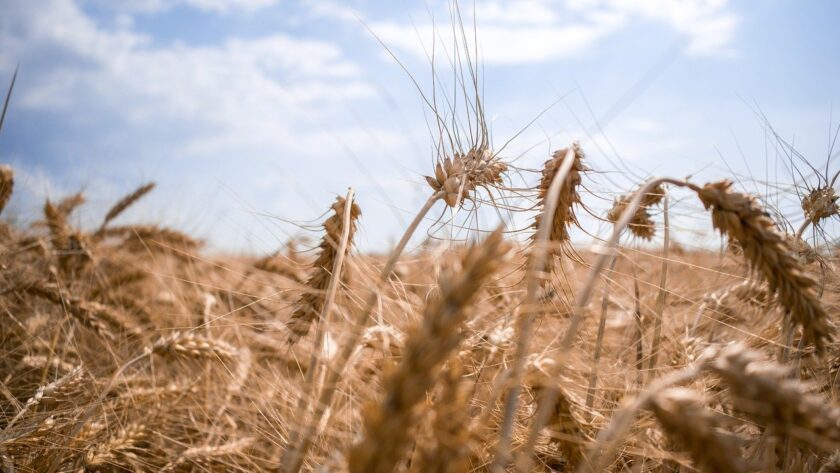With inflation top of mind, we consider how you could trade commodities, including gold, on the COMEX, through a regulated broker. Understand what’s traded there, as well as benefits and risks.
What is the COMEX?
The COMEX, an abbreviation of Commodity Exchange, Inc., is a division of the CME Group, which is the world’s largest and most diverse derivatives marketplace. The COMEX marketplace for trading futures and options on a wide variety of commodities, including metals, energy, and agricultural products.
The COMEX was founded in 1933 as the New York Coffee and Sugar Exchange. In 1972, the exchange changed its name to the Coffee, Sugar, and Cocoa Exchange (CSCE). In 1994, the CSCE merged with the New York Mercantile Exchange (NYMEX) to form the COMEX.
What is traded on the COMEX?
The COMEX trades derivatives on a wide variety of commodities, including:
- Metals: gold, silver, copper, aluminum, platinum, and palladium
- Energy: crude oil, heating oil, gasoline, natural gas, and propane
- Agricultural products: corn, soybeans, wheat, rice, cotton, and sugar
Importantly, physical commodities don’t trade on the COMEX. It isn’t possible to buy gold bars, barrels of oil or bushels of corn. Instead, investors hedge and speculate on changes in price through futures or options on these commodities.
As is the case with all commodities traded on the COMEX, XAUUSD market open time runs from 6:00 PM on Sunday to 5:15 PM the following Friday, with a 45-minute break each day between 5:15 PM and 6 PM. Open outcry trading, which happens between traders physically present on a trading floor, occurs between 8:20 AM and 1:30 PM.
How to trade on the COMEX
To trade on the COMEX, you will need to open an account with a broker that is a member of the CME Group. Once you have opened an account, you will be able to trade futures and options contracts on the COMEX.
Alternatively, you could trade contracts for difference (CFD) on commodity futures through a CFD broker. This could open up more opportunities for you, if you live outside of the United States.
Benefits of trading on the COMEX
There are many benefits to trading on the COMEX, including:
- Liquidity: The COMEX is the world’s largest futures and options exchange, which means that there is always a lot of liquidity in the market. This makes it easy to buy and sell a large number of contracts without materially affecting their market price.
- Transparency: The COMEX is a very transparent market. All prices are publicly available, and all trades are reported to the exchange. This makes it easy to track prices and to get a sense of market sentiment. It also creates trust and the assurance that your broker isn’t fixing prices.
- Leverage: The COMEX allows you to trade with leverage, which means that you can control a large position with a smaller amount of money. This may increase your profits, as well as your losses.
Risks of trading on the COMEX
There are also some risks associated with trading on the COMEX, including:
- Volatility: The prices of commodities can be very volatile, which means that they can go up or down quickly. This can make it difficult to make profits, and it can also lead to large losses.
- Margin requirements: The COMEX requires you to maintain a margin account. This means that you will need to deposit a certain amount of money into your account before you can trade. The amount of margin required will vary depending on the type of contract you are trading.
- Commissions: The COMEX charges commissions for trading futures and options contracts. Your broker will forward these costs onto you. The amount of the commission will vary depending on your chosen broker.
Closing thoughts
The COMEX is a major futures and options exchange that offers a wide variety of commodities to trade. If you are interested in trading commodities, the COMEX is a great place to start. However, it is important to understand the risks involved before you start trading.




